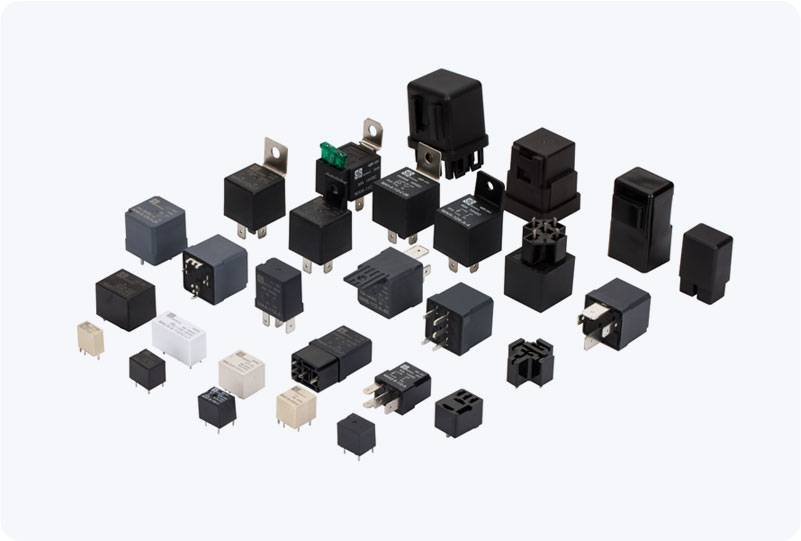5g base station relay: enhancing connectivity and expanding network coverage
Release time:2025-05-05 22:17:45
The advent of 5G technology has brought about significant advancements in mobile networks, promising higher speeds, lower latency, and improved connectivity for billions of devices. One crucial component of the 5G network architecture that plays a pivotal role in achieving these goals is the 5G base station relay. This technology helps to address the challenges of providing widespread 5G coverage, especially in remote areas or locations with high-density traffic. In this article, we will explore the concept of 5G base station relays, how they work, their importance, and the potential benefits they offer to the overall 5G network infrastructure.

What is a 5G Base Station Relay?
A 5G base station relay is a device that acts as an intermediary between a primary 5G base station and the end-user devices, such as smartphones, IoT (Internet of Things) devices, and other connected systems. It essentially functions as a relay point in the wireless communication network, helping to extend the reach and improve the performance of the 5G network.
The primary role of a 5G relay station is to ensure seamless communication across areas where direct coverage from a 5G base station is weak or unavailable. By acting as a relay, these stations amplify the 5G signal, ensuring that data transmission remains strong and reliable. The relay station can either forward the signal from a base station to a further location or enhance the existing signal to improve network quality.


